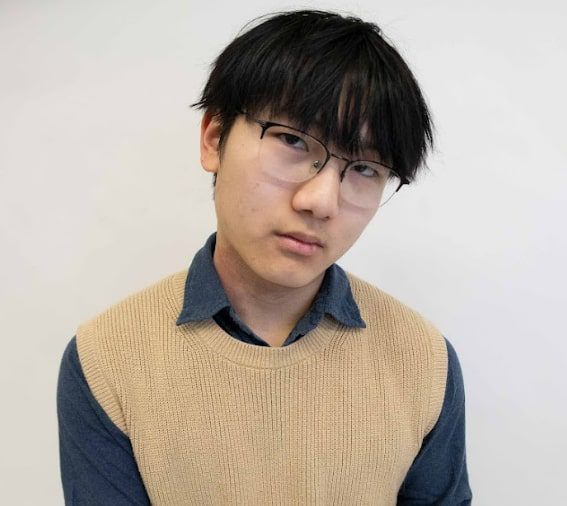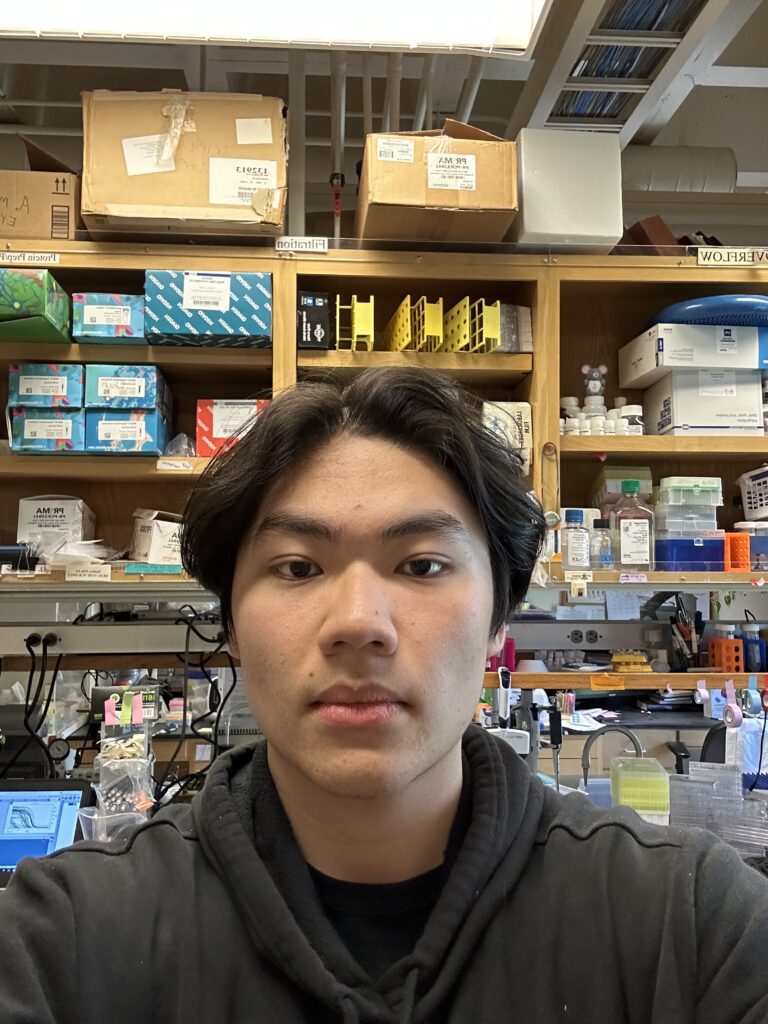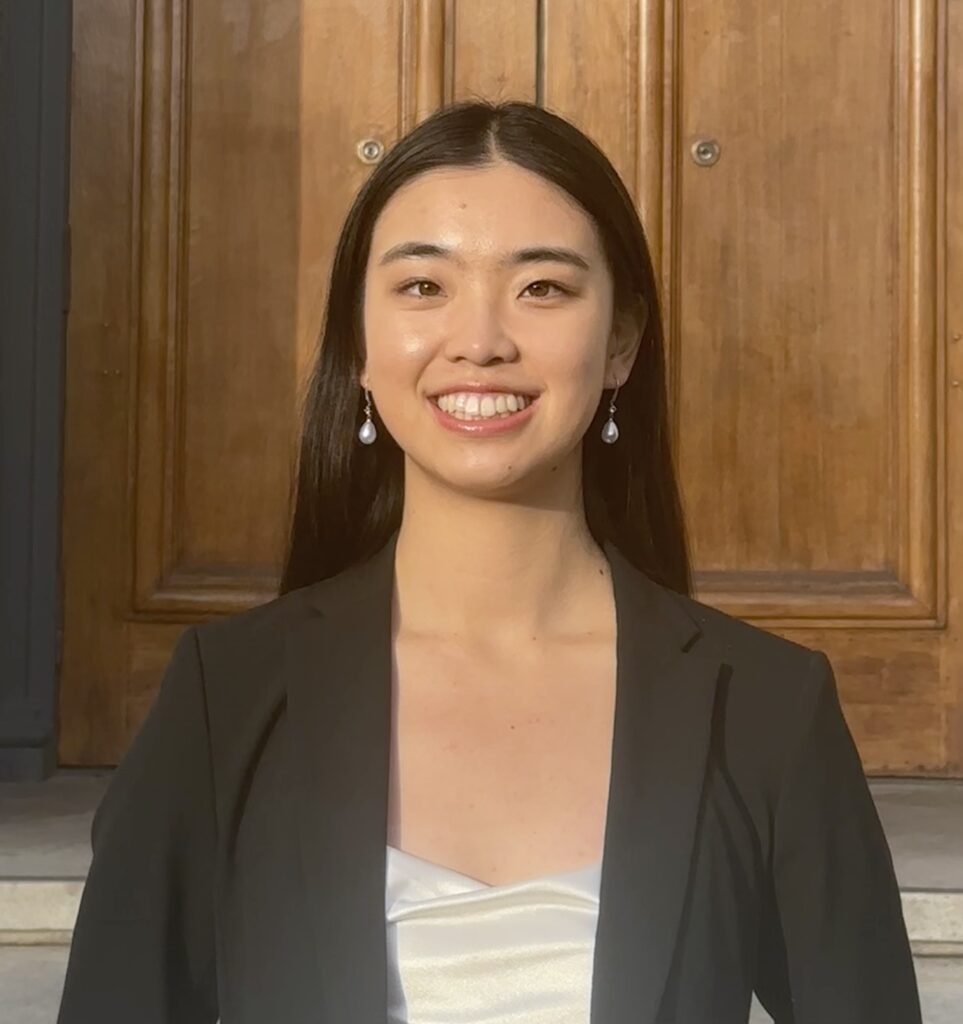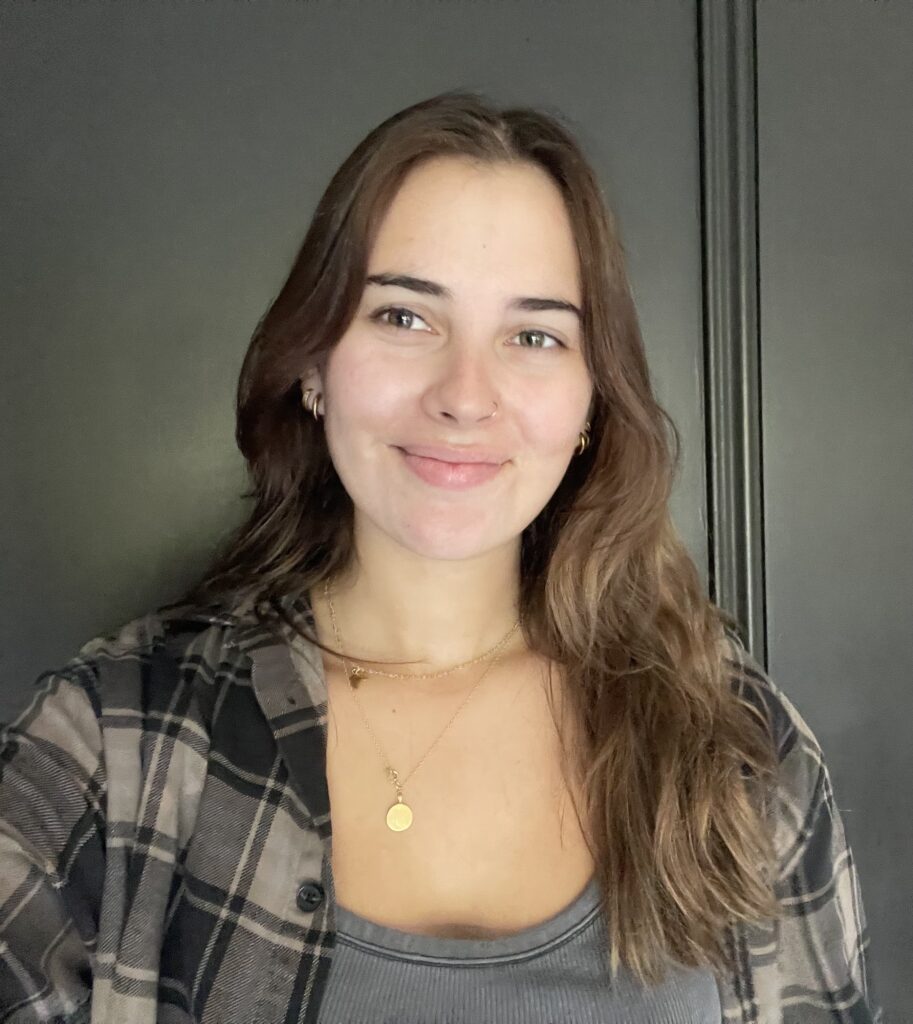Cedric Chan

The immune system’s ability to recognize and respond to cancer is a dynamic process that evolves over time, shaped by ongoing exposure to tumor-derived antigens. Understanding how immune cells — particularly tumor killing neoantigen-specific CD8+ T cells — adapt at both the transcriptomic and proteomic levels during tumor progression is critical for developing more effective immunotherapies. While current research has highlighted general features of T cell exhaustion and dysfunction in cancer, much remains unknown about how these processes unfold in vivo across different stages of disease exposure. By leveraging high-resolution […]
Bao Nguyen

Despite advancements in NK cell research and immunotherapies, the dynamic interactions between NK cells and tumor evasion still leave much to be studied. One novel immunotherapeutic strategy harnessing the ability of NK cells to detect and attack malignant cells is the combinatorial use of a STING agonist, CDN, and a modified IL-2, H9-MSA. This approach has been shown to activate significant, NK-mediated anti-tumor responses in cancer models resistant to CD8+ T cells. However, despite this success, we have observed that tumors treated with CDN/H9-MSA acquire resistance to NK cells. We […]
Arthur Sun

In my project, I aim to design a standard operating procedure (SOP) for the structural determination of the KCNE-1:KCNQ-1 complex. KCNQ-1 is a potassium ion channel that is instrumental in the re-polarization and proper functioning of the heart. Defects in KCNQ-1 have resulted in long-QT syndrome, which is characterized by longer than normal re-polarization of the heart muscles. KCNQ-1, in its active form, functions as a tetramer, a complex of four active subunits. Additionally, its activity is influenced by interactions with regulatory proteins like KCNE-1. My research will be focused […]
Aniket Kamat

Two of the biggest challenges in legal research are conforming to privacy constraints in real-world experiments and evaluating causal effects in high-dimensional settings. When multiple people are working on a single project, the former often requires physically mailing any personally identifiable information (PII), slowing down collaboration and risking data falling into the wrong hands. High-dimensional datasets also make traditional causal inference more difficult due to many factors including the increased potential for multicollinearity and the increased sample size required to estimate the causal effect. Federated and deep learning methods can […]
Amelia Lebron

This project investigates how the structure of the brain supports language processing and recovery after stroke-induced aphasia, a language disorder affecting over 200,000 Americans each year. Specifically, we examine whether sulci—folds in the brain’s surface—on the right side of the brain can help compensate for damage to the left hemisphere, which typically controls language. We focus on tertiary sulci, small and variable folds that are often missed by automated brain-mapping tools but are linked to higher-order thinking. Using MRI and cognitive data from healthy young and older adults, as well […]
Alice Peng

Natural killer (NK) cells are essential components of the immune system, known for their ability to recognize and kill tumor cells. However, prolonged exposure to tumor cells can lead to NK cell desensitization (sometimes called “exhaustion”), which diminishes their ability to effectively target and eliminate tumors over time. My research focuses on two genes, DUSP1 and DUSP2, which have been found to be highly expressed when NK cells are desensitized. I aim to explore the role of these 2 genes to understand how they affect NK cell desensitization in order […]
Aakarsh Vermani

Antibodies are special proteins that are crucial to our immune response because they recognize and bind to foreign molecules (antigens), triggering a neutralizing response from the rest of the immune system. Through a process known as somatic hypermutation (SHM), genes encoding antibodies undergo elevated mutation rates and selection, driving an evolutionary process that improves an antibody’s binding affinity for specific antigens. In this project we will develop accurate deep learning models of antibody evolution to capture insights into the mechanisms underlying the development of specialized antibodies. Such models will be […]
Isabelle Susman

To protect communities from volcanic hazards, it is crucial to understand the magmatic system that feeds magma (molten rock) toward the surface. Determining the depth of magma storage helps interpret seismic unrest. Seismic activity arising from the depth where magma is thought to be stored may indicate an imminent eruption. A good knowledge of magma storage depths can also guide the placement of geophysical monitoring systems to get the best advanced warning possible of an eruption. Ta’u island, American Samoa, sits above an active volcanic hotspot, and last erupted in […]
Shelly Chen

Figure-ground segmentation—the ability to distinguish objects from their background—is vital for mammalian survival. While mice can perform this type of visual processing, the specific neural circuits involved remain unclear. One candidate is a class of inhibitory neurons called somatostatin-expressing (SOM) interneurons, which help filter visual information through orientation-tuned surround suppression. Because SOMs are selective for stimulus orientation, they may help differentiate between “iso-oriented” and “cross-oriented” visual stimuli—those aligned with or perpendicular to the background. My project uses optogenetics to selectively activate or silence SOMs in mice during contrast detection tasks. […]
Rainer Reczek

Quantum computers promise solutions to highly formidable problems in physics, chemistry and mathematics that are intractable on classical computers. However, realization of quantum computers capable of solving these problems is hindered by the issue of preserving quantum information on practical timescales. Qubits, the quantum mechanical analog of a bit and the building block of quantum computers are subject to noise from their environment, quickly losing the information they carry. A promising way to improve the lifetime of a qubit is to detect and correct noise-induced errors, a technique known as […]